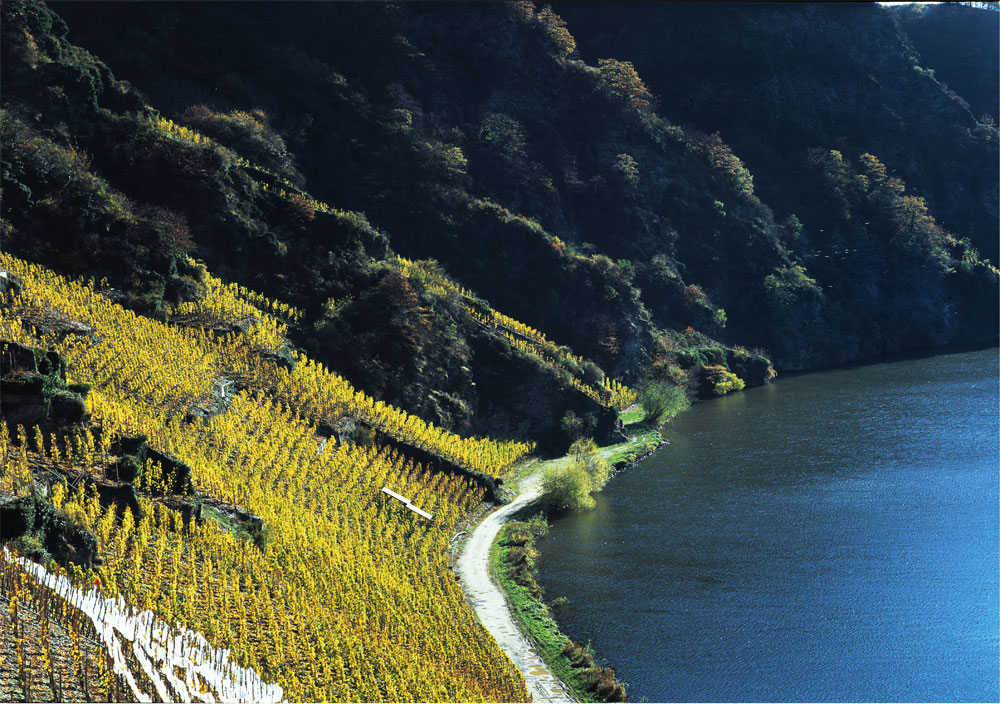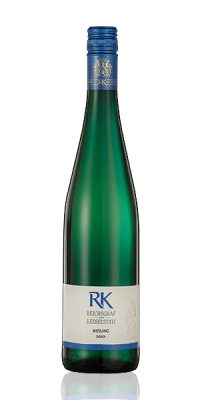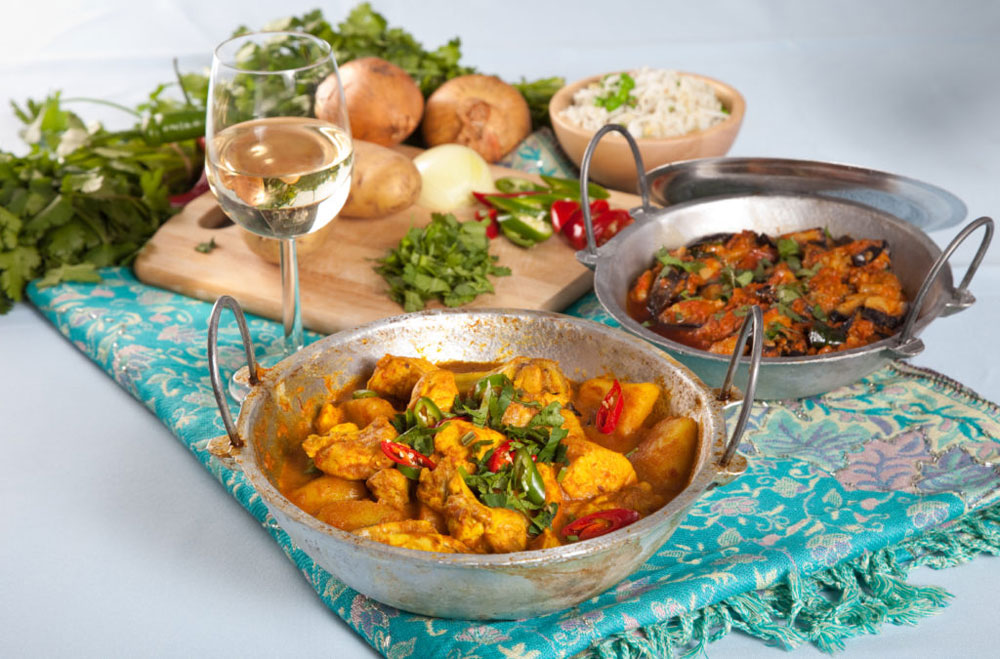Four Points Riesling

Sweet Euro History
Riesling is a light skinned white wine grape with roots that literally sit on the Franco-German border and centuries old vineyards France’s Alsace region bears out this historic fact. The grape is a cross between French grape Gouais Blanc and another still untraceable grape. The grape thrives in cool climates, ripening early and in the right conditions, achieves a brilliant balance of vibrant fruit and pleasing acidity which, like Pinot Noir, is hard to come by in all but very few regions. Riesling stands out in the constellation of white wines as one that produces a range of distinct dry and sweet styles. The dry wines taste of apple, citrus and lemon peel with hints of minerality while sweeter versions express notes of pear and nectarine. Germany’s Mosel Valley and France’s border region of Alsace are the leading old world exponents while Australia leads the new world in having successfully adapted Riesling to sunnier climes.
Germanic Excellence
While its origins have been a subject of Franco-German debate, there’s no argument about where the world’s best Riesling gets made. Germany’s Mosel is where it’s at. Riesling lords over Mosel’s slate and mineral rich vineyards that sit alongside the Mosel river, tapering sharply into its banks. The iconic region is blessed with continental climate and topography of steeply sloped vineyards that given the grapes ideal amount of sunshine. The slate rich soil retains heat from the day and warm up the wines at during the cold night. The results glisten in the classic Mosel Riesling that beam with intense floral aromas, crisp acidity and minerality.
German Riesling styles have an incredible range spanning bone dry to unctuously sweet. Germany takes its wine classification very seriously under which one can find dry Rieslings (Trocken), off dry (Halbtrocken), sweet wines (Kabinett) and intensely sweet ferments (Spätlese). Rieslings from the family estates of St. Urbans-Hof and Kesselstatt for many years now and we invite to savour them finest Germanic Rieslings from our handpicked selection.

St. Urbans-Hof, QBA, Riesling “Old Vines” 2021
Sumptuous Mosel style exudes exudes notes of mango, orange peel and hallmark sweetness.
Kesselstatt, RK Riesling 2020
Charmingly, aromatic with vibrant fruit, minerality and touch of spice.
Kesselstatt, Piesport Goldtropfchen, Riesling Kabinett 2018
Brimming with apple and citrus tones, crisp acidity and heartwarmingly sweet finish.New World Form
Australia is credited with leading Riesling’s new world revolution, crafting a dry style with layers of fruity aromas in the regions of Clare and Eden Valley. While Mosel Valley rightfully holds the mantel for making outstanding Riesling with hallmark minerality, Clare Valley in South Australia has earned rich praise for its bone dry yet fruity styles, turning out more off dry styles in recent times. Canada, too has earned acclaim atop the Riesling bandwagon but with the extreme style of opulently sweet ice wines. America’s Washington state struck gold in its Columbia Valley where temperatures similar to Mosel and granite soil yielded sublime Rieslings of dry and sweet styles.

